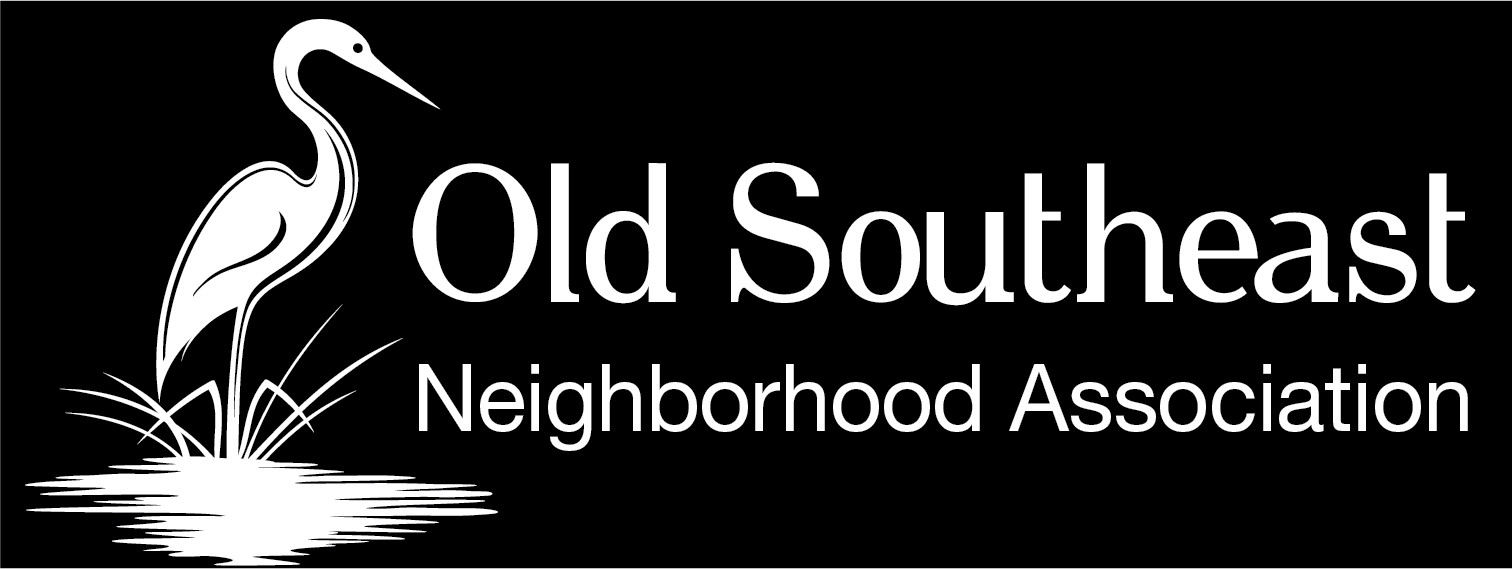On Saturday, April 1, 2023, the first ever historical tour of our Old Southeast neighborhood was led by Maria Erickson, of Preserve the Burg, who is also our Tropical Shores neighbor.
Because our group of 20+ met at the North end of Lassing Park, it was a short stroll to the Polish American Club. We were greeted at the door by the president, Jim Grinaker playing live Polish music. Jim explained the Polish Club was founded in 1951, one of the few, if not the only, ethnic club remaining in the area. We feasted on Angel wings cookies, Chrusciki, while Jim informed us of the club’s history.
A Kentucky judge named John M. Lassing began wintering in St. Petersburg in 1913 (1535 Beach Drive SE). Each Christmas, Lassing would wear his woolen bathing suit and head into the icy water to have his photo taken. He would send photos back home to vividly illustrate the tropical paradise of Florida. In 1926, Mr. Lassing deeded most of the land along the water to the city, with the stipulation that it forever remain a public park. Thank you, John Lassing, we love the gem of OSE, Lassing Park!
Maria walked us through several parts of the neighborhood, commenting on selective types of architecture and the colorful personalities of some of its first residents.
Prohibition was pronounced in the 20’s, and rum running via boats became big business in the area. In fact, it was the Coast Guard’s main duty of the time to squelch this. Inevitably, some liquor made it past the law to be secretly purchased by parched customers in the back of what is now a quadruplex on 17th Avenue.
During the land boom of the 20’s, an enterprising man named Hope Farmer established Farmer Concrete works. He created the iconic hex-block sidewalks to replace the existing wood and shell. The blocks were manufactured by black laborers and initially hauled by wagons and mules. There are still a few of these blocks with the original Farmer Concrete Works stamp.
Our tour ended with refreshments at the Bruderhof Community’s Bayboro House with a brief history of this landmark property, complete with old photos. Eric Scott, a resident, then briefly shared the history of their religious community that had fled Germany during World War ll.
Thank you to all who participated in this event. While walking my dog, I am now looking for those hex-blocks with the Farmer stamp on them.
